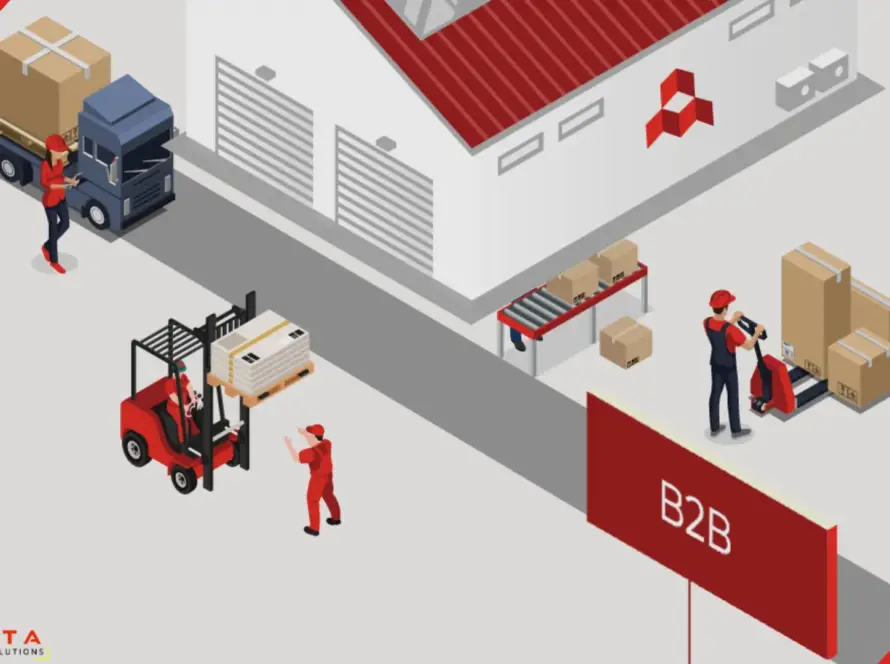“When we compare logistics performance between India and China, two things stand out immediately, speed and cost. And both are deeply connected to the way freight is moved across these countries.
China Moves Freight Faster and Smarter
One of the biggest differences lies in the mode of freight transport. China transports a large share of its freight by rail, a method that is faster, more fuel-efficient, and significantly cheaper for bulk goods.The average speed of freight movement in China is around 75 km/h.
India’s shared infrastructure
In India, freight trains and passenger trains use the same railway tracks, which leads to frequent delays and congestion. Passenger trains are often prioritized, pushing freight movement to odd hours or secondary tracks.
These bottlenecks force many manufacturers and logistics providers to shift to road transport, even for long-haul routes that would be more efficiently handled by rail. But this shift comes at a cost of higher fuel consumption, tolls, vehicle maintenance, and of course, traffic delays. Ultimately, these inefficiencies are passed on to the end consumer.
Rise of Dedicated Freight Corridors (DFCs)
Recognizing this challenge, the Indian government has launched an ambitious infrastructure initiative, the Dedicated Freight Corridors (DFCs). These are exclusive railway corridors built solely for freight trains, designed to:
Increase average speeds to 70+ km/h
- Decongest existing railway networks
- Improve reliability and reduce lead times
- Lower the cost of logistics for industries across the board
The Eastern and Western DFCs, which span thousands of kilometers, are already nearing operational readiness in several stretches. As more of these corridors go live, the shift from road to rail is expected to accelerate.
Once operational at full scale, DFCs can shift a significant volume of cargo back to rail especially for long hauls which could be a game-changer for Indian logistics.”


